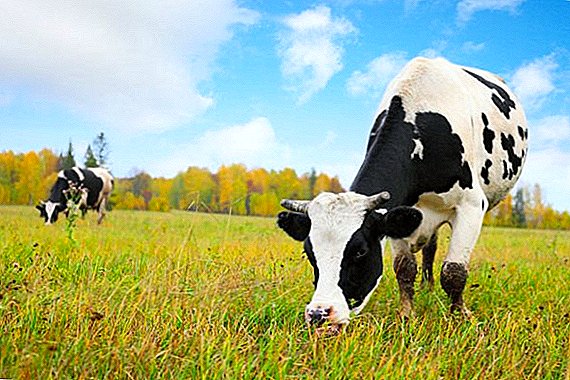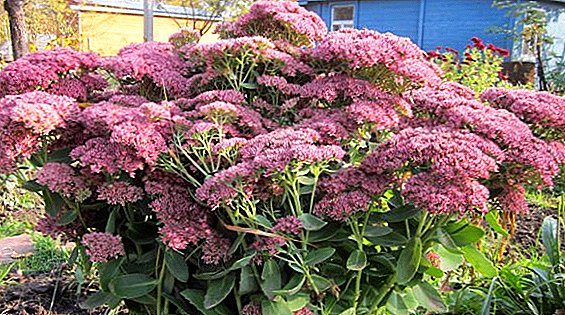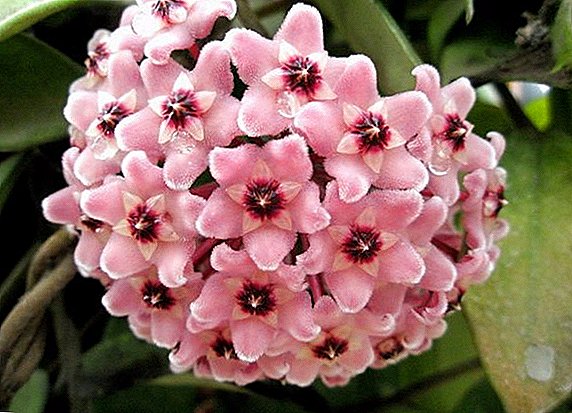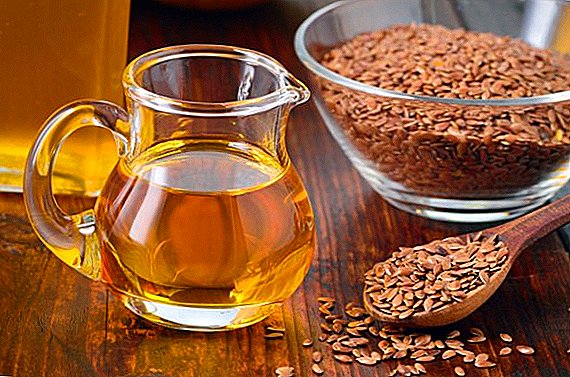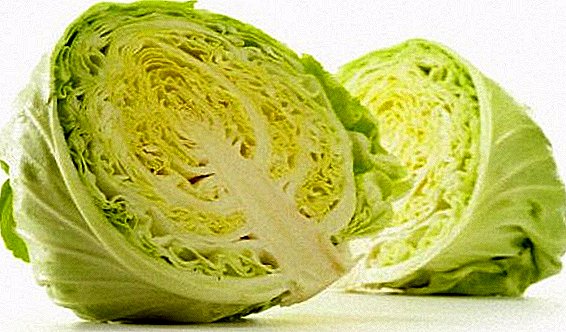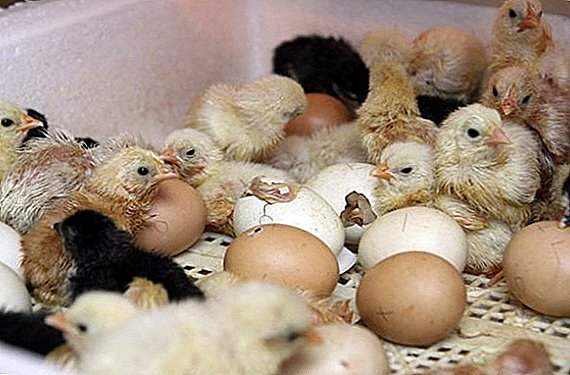 If you decide to grow and breed chickens, sooner or later you will have to live through the moment of chicks hatching. Today, even in small farms, for incubation of birds, incubators are used, since the hatchability of the offspring in them is higher, and resources for cultivation take a little. At this stage, an inexperienced poultry farmer may have a lot of questions about the time of hatching and the process itself, the need to help the chicks hatch and other important points. This article will look at all the important aspects of hatching incubated chicks.
If you decide to grow and breed chickens, sooner or later you will have to live through the moment of chicks hatching. Today, even in small farms, for incubation of birds, incubators are used, since the hatchability of the offspring in them is higher, and resources for cultivation take a little. At this stage, an inexperienced poultry farmer may have a lot of questions about the time of hatching and the process itself, the need to help the chicks hatch and other important points. This article will look at all the important aspects of hatching incubated chicks.
Hatching time and conditions
As for the whole brood, the hatching of all individuals both in the incubator and in the case of incubation with a hen can last for 12-48 hours, since the time period for the development of chickens inside the egg on day 21 is only an approximate period, and each nestling may take longer or less time for birth.
Read how to raise chickens in an incubator.
Attempts to crack the shells of many individuals begin as early as the 18th day. At this time, the light chicks begin to finish off, the head, which until that moment was folded under the wing, is gradually released, the beak is sent to the blunt end of the egg, the chicken begins to change position. Often at this time you can hear the first squeak of chickens, and if you bring the egg to the light, you can see the active movement inside. This suggests that the curse will soon begin.  Some conditions for a successful curse of kids:
Some conditions for a successful curse of kids:
- Three days before the expected date of hatching, you need to turn off the revolution of the pallets.
- Set the maximum humidity in the incubator. This will create a favorable microclimate for the chicks and soften the shell, because chicks will be easier to cope with it.
- If hatching, do not open the incubator more than twice a day! It is advisable to remove the kids in the morning and evening. With more frequent opening of the device, strong changes in humidity and temperature occur, which can slow down the curse or lead to the death of part of the chicks.
Did you know? In the chicken embryo, on the second day of development, a heart begins to form and beat. At this time, the embryo looks just like a little red dot in the middle of the yolk.
Process steps
In order to be born, the chicken has to do a lot of hard work. It should be noted that by the end of development inside the egg the shell becomes much thinner and more fragile, because some of the minerals from it go to the structure of the skeleton and tissues of the chick. Still, the chicken needs to work hard to get out of it.
Check out the list of the best domestic egg incubators.
The hatching process consists of several basic steps:
- A crack appears. To make the first crack in the shell, the chicken can take up to 20-24 hours! Already on the 6th day of development, a special horn tip forms on the feathered beak. Inside the egg, the nestling changes position, turns its head toward the blunt end of the egg (pugue) and begins to chase the shell stubbornly. First, he pierces the protein and membrane cladding, after which he can take the first breath. Some owners of birds already at this time can hear the squeak of a chick. A small crack gradually appears on the shell surface.
- A hole is formed. Continuing to work hard, the chicken crushes the horn tip into the crack until the shell part falls off, forming a hole.
 At this stage, it may happen that the chicken stops trying to get out of the egg and makes a hole just under the beak. In such a situation, it is necessary to analyze whether the temperature and humidity in the incubator is too low.
At this stage, it may happen that the chicken stops trying to get out of the egg and makes a hole just under the beak. In such a situation, it is necessary to analyze whether the temperature and humidity in the incubator is too low. - Increase the hole. The chick continues to abut his paws in the shell and gradually expands the hole.
- Shell break. In the end, the shell does not withstand the onslaught and falls into two parts, but the chicken does not immediately get out of it. For a long and tedious period of work on the "release" the chick is very tired and exhausted, so most often you can see how the wet, sticky and weakened body of the chicken falls out of the shell and continues to lie, making a lot of breathing movements. The eyes are closed.
- Branch of the flagellum. When the chick has a little rest and gains strength, he will continue to leave the shell. At this time the flagellum, which connected the chicken and the egg shells, comes off. If there is no movement of blood in it, the flagellum can be bandaged and cut.

Important! When hatching a chicken, it is advisable not to interfere in the process, not to try to help him and not to accelerate the course of events, breaking the shells and pulling the chick out of the egg. Thus, you grossly violate the physiological process, and breaking the blood vessels, you can completely destroy the newborn.
The only thing you can do to help the chicks is to widen the hole for the beak a little.
After hatching the offspring, it is advisable not to remove them immediately from the incubator. You can wait about 12-24 hours until the chicks dry, rest and adapt, and only then move them into a special box with heating or brooder. However, some incubator owners describe the following picture: when two or more chickens are freed from the shell before others, they begin to actively move around the incubator pan and hurt other eggs. To prevent injury to the remaining, not yet hatched fellows, such chicks can be removed immediately.
VIDEO: THE PROCESS OF EXTRACTING CHICKENS If nothing happens to the eggs on the 24-25th day, then you can no longer wait for hatching. Check if these eggs have been fertilized, if so, then the embryos died as a result of inappropriate conditions in the incubator.
Content after hatching
After hatching, the chicks need to provide the most optimal conditions. It is in the first days of life that they are the most vulnerable and defenseless, especially after incubator cultivation, when the hen cannot take care of them.
Owners of young stock should know what to do if chickens do not grow.
Temperature and lighting
After the birth of birds, the birds are particularly sensitive to temperature and light. During the period from the first to the fifth day, the lighting in the box should be constant, at night it can be slightly dimmed. Optimal use of red light, but if this is not possible, the usual incandescent lamp, which will provide both light and heat at the same time, will do. A heating pad can also be used for heating.
| Age (days) | Room temperature | Temperature in the box (brooder) | Air humidity | Lighting (intensity, duration) |
| 0-1 | + 26 ... +28 ° С | + 32 ... +33 ° С | 75-80% | 20 lk, 24 hours |
| 2-5 | + 23 ... +25 ° С | + 29 ... +30 ° С | 75-80% | 20 LK, 23.30 hours |
| 6-10 | + 23 ... +25 ° С | + 26 ... +28 ° С | <65% | 5-10 lk, 15.30 hours |
With the right microclimate, you can see the following picture: the chicks are approximately evenly distributed around the perimeter of the box, constantly squeaking a little, calm. If the temperature is too high, they will huddle against the walls, at a low temperature, on the contrary, they will approach the heater as close as possible and will be anxious. If there is a draft in the box, the chicks will try to hide from it, hiding in one particular side of the box, closer to the heater.
The room
From the above table it becomes obvious that the room where the box, cage or brooder with chickens is kept should be heated, well ventilated, but without drafts.
Learn how to make a brooch for chickens with your own hands.
In the container with the feathery is very important to comply with sanitary conditions. For the first five days, paper or a soft cloth can be laid on the bottom of the box with their daily replacement. Further, sawdust, hay or straw can be used as a litter and also be changed daily. But it will be much more convenient to transplant babies into a cage, under the bottom of which to place a special litter pan. Thus, the chicks will always be clean, and cleaning will be as fast and simple as possible.
Further, sawdust, hay or straw can be used as a litter and also be changed daily. But it will be much more convenient to transplant babies into a cage, under the bottom of which to place a special litter pan. Thus, the chicks will always be clean, and cleaning will be as fast and simple as possible.
Important! It is undesirable to use peat chips or too shredded sawdust as bedding - at first the chickens may mistakenly take them for food.Feathering stock density:
- on 1 square. m can accommodate up to 30 daily babies;
- in a month the number of birds in the same area is halved.
Feeding features
In the first 12 hours after hatching, the chick can completely do without food and water. At this time, nutrients enter the body from the remnants of the yolk sac, which, while still in the shell, was drawn through the umbilical cord into the abdominal cavity.
Get acquainted with the features of the preparation of feed for chickens and adult birds.
In the first 10 days of birth, birds are fed every two hours, that is, up to 8 times a day. They must have constant access to warm, fresh and clean drinking water.  The diet of chicks:
The diet of chicks:
- 0-3rd day: chopped egg, boiled hard boiled, crushed corn grits, millet, cottage cheese or special feed for day-old chickens;
- 3-5th day: chopped greens are added;
- Day 5-7: the diet is replenished with wet mash on yogurt or sour milk, meat and fish waste. Boiled eggs from this age do not give;
- 8-10th day: boiled potatoes, chopped vegetables (zucchini, carrots, pumpkin, etc.).
Did you know? Inside the egg, the chicken spends about 80% of the time in sleep. However, even then, the chick clearly expressed sleep and wakefulness regimes, he actively moves under the shell. The chick is not able to wake up from the occasional loud and sharp noises, but an alarming exclamation of the hen that warns of danger can wake the baby.Growing birds in an incubator is a painstaking and time-consuming exercise, culminating in the hatching of babies. The process of the birth of chicks is truly fascinating and requires great responsibility from the poultry farmer.


 At this stage, it may happen that the chicken stops trying to get out of the egg and makes a hole just under the beak. In such a situation, it is necessary to analyze whether the temperature and humidity in the incubator is too low.
At this stage, it may happen that the chicken stops trying to get out of the egg and makes a hole just under the beak. In such a situation, it is necessary to analyze whether the temperature and humidity in the incubator is too low.